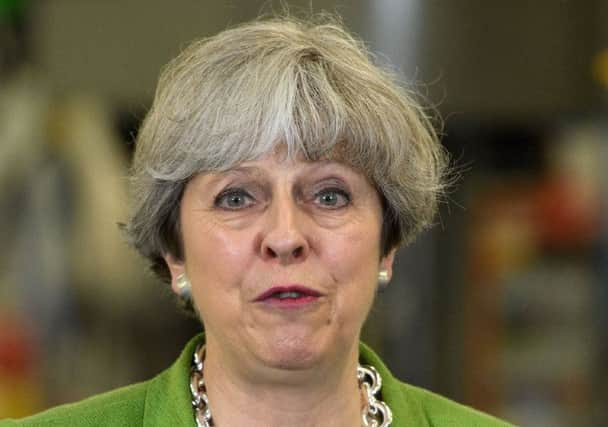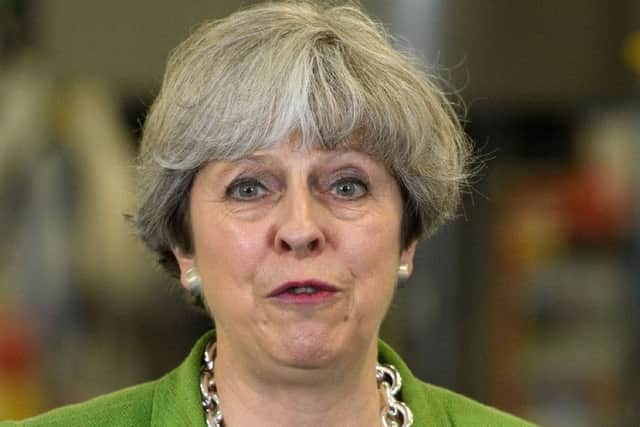General Election poll: Labour continues to close gap


Ipsos Mori’s Political Monitor showed the gap closing to five points with the Tories on 45% - down four on two weeks ago - while Labour are up six on 40%.
The Liberal Democrats and Ukip are both unchanged, on 7% and 2% respectively.
Advertisement
Hide AdAdvertisement
Hide AdTheresa May remains voters’ preferred choice for prime minister although her personal rating is down six points on 50%.


One in three people - 35% - now support Jeremy Corbyn, an increase of six points for the Labour leader.
The findings follow a clutch of recent polls which have suggested the gap between the parties is narrowing.
Ipsos Mori’s head of political research, Gideon Skinner, said: “Here’s more evidence of the Conservatives’ wobbly week, with Labour improving again and the last two weeks of campaigning seeing a big hit to the Prime Minister’s personal ratings.


“But remember this is just a snapshot of a period of time, not a prediction - the Conservative vote share remains high, May is still seen as the most capable PM, and they still have the support of older people.
“Meanwhile, Labour’s support still relies a great deal on younger people, who in the past have proven less likely to vote.”
New analysis by polling expert Lord Ashcroft suggested that the likeliest outcome from the June 8 election will be a Conservative majority of 60 - substantially reduced on a similar estimate last week, but still a comfortable victory for Mrs May.
But much hangs on turnout, with the estimated Tory majority falling to 40 seats if all of those who voted in the 2016 EU referendum cast their ballots, and rising to 78 if only those who voted in 2015 take part.
Advertisement
Hide AdAdvertisement
Hide AdThe Ashcroft model brings together large-scale surveys and detailed census data to try to understand what is happening in individual constituencies.
Defence Secretary Sir Michael Fallon insisted the Conservatives had always expected the gap in the polls to narrow.
“We never believed we were 20 points ahead, or whatever it was five weeks ago, we never believed that,” he told the BBC.
“Inevitably as the campaign goes on, the focus begins to sharpen. Only two people can become prime minister next Friday morning and that’s Theresa May and Jeremy Corbyn and that is the choice the country faces.”
Ipsos Mori interviewed 1,046 adults aged 18 and over across Great Britain by telephone between May 30 and June 1.
